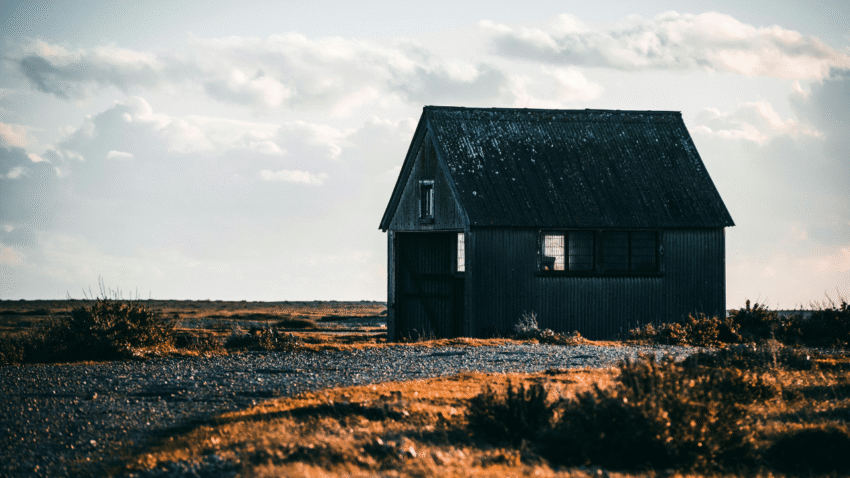Introduction
Want to build a shed but your backyard isn’t perfectly level? Learning how to build a shed on uneven ground ensures your structure is stable, safe, and long-lasting. Uneven ground can be tricky, but with the right planning and foundation, you can build a shed that stays strong for years.
Why Building on Uneven Ground Matters
If a shed is built on uneven ground without proper preparation, it can shift, sink, or develop structural issues over time. A poor foundation may cause doors to jam, walls to warp, or even lead to collapse. By correctly leveling or adapting the foundation, you’ll protect your investment and create a shed that looks good and performs well.
Step-by-Step Guide to Build a Shed on Uneven Ground
1. Assess the Slope
Walk the area and determine how uneven the ground is. Use a level, stakes, and string to measure the difference in height from one side to the other. This helps decide the best foundation type.
2. Choose a Suitable Foundation
For uneven ground, common options include:
- Concrete blocks or piers – Ideal for small to medium sheds; adjustable for height.
- Timber skids with shims – Flexible and simple for mild slopes.
- Concrete piers with beams – Best for steep slopes or heavy sheds.
3. Clear and Prepare the Site
Remove grass, rocks, and debris where the shed will sit. Dig down slightly on the higher side to reduce the slope difference if possible.
4. Set the Foundation
Place concrete blocks, piers, or skids, ensuring each is level and aligned. Use a long level to check that all points match in height. Adjust with gravel or shims as needed.
5. Build the Floor Frame
Construct the floor frame using pressure-treated lumber. Securely attach the frame to the foundation points, double-checking for level before proceeding.
6. Erect the Shed Walls and Roof
Once the base is solid, build and attach the walls, followed by roof supports and panels. Ensuring the floor is level makes the rest of the build easier and prevents future issues.
7. Add Extra Anchoring (Optional)
For sheds on steep slopes, consider anchoring the structure with ground screws or concrete footings to prevent shifting in heavy rain or wind.
Common Mistakes to Avoid
- Mistake 1: Ignoring the Slope Measurement
Solution: Always measure height differences carefully to choose the right foundation. - Mistake 2: Building Directly on Uneven Ground
Solution: Never place a shed floor frame directly on a slope without a leveled foundation. - Mistake 3: Using Non-Durable Materials
Solution: Only use pressure-treated wood and weather-resistant materials for ground contact. - Mistake 4: Forgetting Proper Drainage
Solution: Add gravel or drainage solutions under and around the shed to prevent water pooling.
Extra Shed Tips & Hacks
- On steep slopes, adding a retaining wall can help create a level pad for your shed.
- Use gravel under concrete blocks to prevent sinking over time.
- For more guidance, check out our guide on how to choose the best shed foundation.
Conclusion
Building a shed on uneven ground takes a bit more planning, but with the right foundation and leveling techniques, you can create a sturdy structure that lasts for years. Take your time to measure, level, and secure the base properly—your shed will thank you.
Bookmark this guide to make your shed build smooth and stress-free, no matter your backyard terrain.
